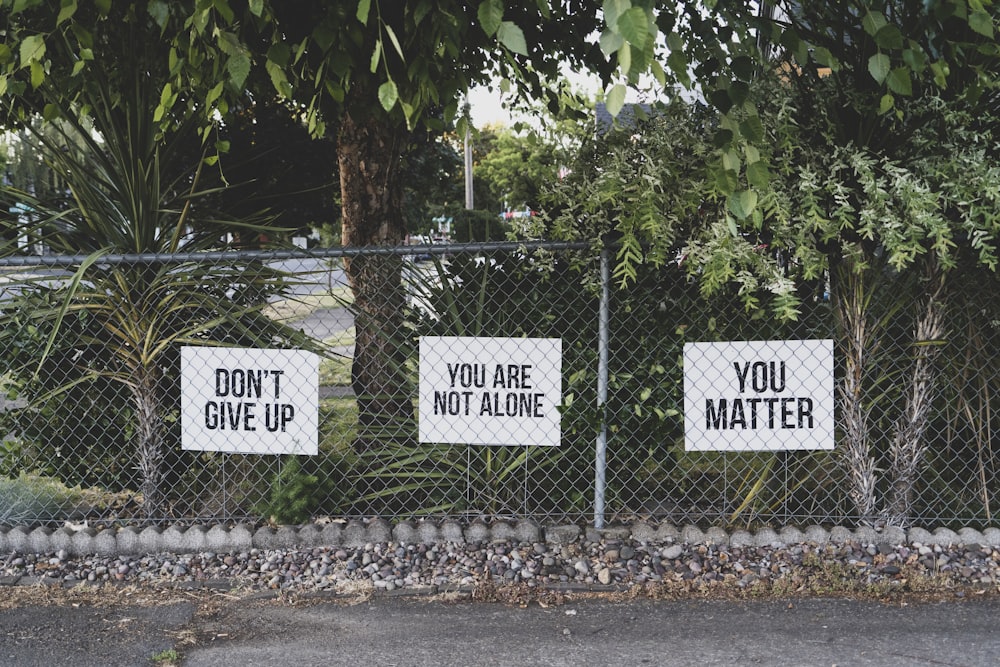Life is a kaleidoscope of experiences, a mosaic of highs and lows. At 18, an age synonymous with new beginnings and the brink of adulthood, I found myself drowning in the tumultuous sea of alcoholism. My story isn’t about the depths to which I plunged but rather the lighthouse that guided me back to myself: Alcoholics Anonymous in Missoula.

The Prelude
While most of my peers were navigating the tumultuous waters of college applications, first loves, and dreams of the future, I was caught in a relentless tempest of my own making. Nights blurred into days, each punctuated with the biting taste of alcohol. The thrill of the forbidden, combined with the pressures of youth, made for a deadly concoction.
The First Step
It took a colossal misjudgment one fateful night for me to confront the gravity of my situation. The realization was stark: I was an 18-year-old alcoholic.
Walking into my first AA meeting, I felt a blend of trepidation and shame. Would they judge me for my age? Would I even belong?
The Fellowship of Shared Experiences
What awaited me was a room full of souls, each bearing their own scars but united by a shared purpose: recovery. Their stories, though varied, echoed fragments of my own journey. The businessman who lost everything, the mother trying to rebuild her family, the college student just like me—each narrative was a testament to the insidiousness of addiction and the resilience of the human spirit.
The Rediscovery
With every session, every shared experience, and every step of the 12-step program, layers of my self-imposed facade began to peel away. The group taught me to confront the guilt, the pain, and the triggers that led me down this path. More importantly, it taught me to forgive myself.
In that sanctuary, I wasn’t just an 18-year-old alcoholic. I was a young soul in search of purpose, connection, and redemption. Through the stories of others, I began to rewrite my own.
Emerging from the Chrysalis
Today, I stand on the other side. While the specter of addiction will always linger in the shadows, I’ve learned to harness its presence as a reminder of my strength, my community, and my journey through Alcoholics Anonymous.
At 18, I thought I had lost myself. But in truth, amidst the shared stories, the tears, and the unwavering support of my AA family, I found something far more valuable: a deeper, resilient, and authentic version of myself.
To anyone standing on the precipice, young or old, know this—recovery is not just about abstaining; it’s about rediscovering who you truly are. And sometimes, all it takes is a room full of strangers to show you the way.
The Neurochemical Tango
At the crux of alcoholism lies a delicate dance of neurotransmitters. Drinking momentarily boosts dopamine, the ‘feel-good’ neurotransmitter, and in moderation, alcohol can seem harmless, even pleasurable. But over time, with consistent and excessive consumption, the brain starts craving these elevated dopamine levels. It becomes a physiological need, not just a desire.
But beyond neurotransmitters, alcoholism reaches into the very architecture of our brains, altering neural pathways and restructuring our brain’s reward system. This isn’t just about willpower; it’s a physiological trap.
The Lived Experience
To say alcoholism is a challenging journey is an understatement. There were days when the siren call of the bottle felt overpowering. The promises of momentary escape, the numbing of life’s sharp edges, the false camaraderie that a drink seemed to offer—all these can become all-consuming.
You start to measure your day by drinks, not hours. Mornings become battlegrounds of headaches, guilt, and hazy recollections. And all the while, the insidious voice in the back of your head murmurs, “Just one more drink won’t hurt.”
Neuroplasticity: The Brain’s Path to Recovery
The good news? The brain is astoundingly plastic. This means that, just as it can be reshaped by addiction, it can also be rewired for recovery. Adopting specific strategies and tools, from mindfulness to aerobic exercise, can stimulate the release of brain-derived neurotrophic factor (BDNF)—a protein that supports the survival of existing neurons and encourages the growth of new synapses.
Support in Missoula, MT
Missoula, with its rich tapestry of community spirit and resources, offers lifelines for those ready to embark on the path to recovery:
Western Montana Addiction Services (WMAS): WMAS adopts a multidimensional approach to recovery, tailoring treatments to individual needs, and addressing the underlying triggers of addiction.
Recovery Center Missoula: A haven for those seeking specialized care. They understand that each person’s journey with alcoholism is unique and requires a bespoke approach.
Alcoholics Anonymous (AA) Meetings: The strength of shared experiences is invaluable. Missoula’s AA community provides a supportive space for connection, understanding, and collective healing.
Sunflower Counseling MT: They provide a nurturing environment for those battling alcoholism, offering personalized treatments rooted in compassion and expertise. A sanctuary for those in search of tailored treatment.
The Road Ahead
Recovery, much like the journey through addiction, is deeply personal. It’s not a linear path but a terrain of ups and downs. Yet, with the right tools, understanding the neurobiology behind addiction, and tapping into available resources, the journey can lead to profound growth, resilience, and redemption.
Remember, the brain, with its boundless capacity for change, is our ally. And with understanding, support, and determination, one can navigate the complexities of alcoholism and emerge stronger on the other side.
Piper Jones is currently a student at the University of Montana, where she is studying creative writing and honing her craft. When she’s not writing, Piper can often be found tinkering with her guitar and crafting songs. She believes it’s important that the kids see her doing what she loves. Piper Jones is an up-and-coming voice in the world of creative writing, and one to watch in the years to come.

